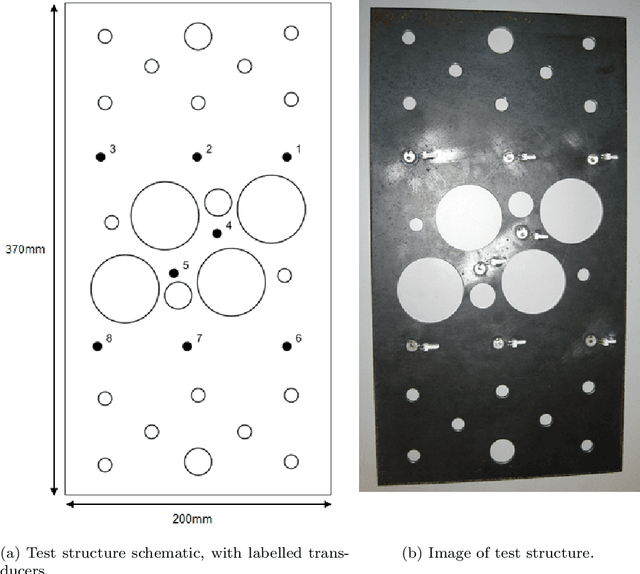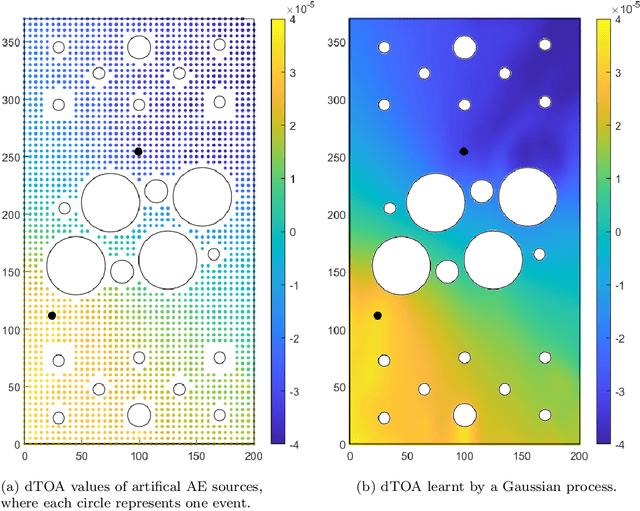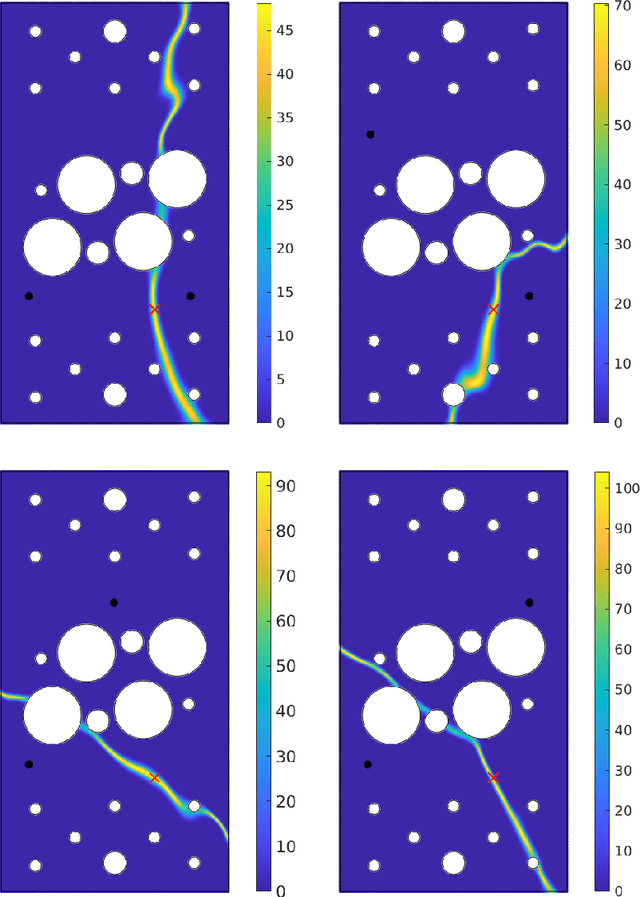Matthew R. Jones
Encoding Domain Expertise into Multilevel Models for Source Location
May 15, 2023Abstract:Data from populations of systems are prevalent in many industrial applications. Machines and infrastructure are increasingly instrumented with sensing systems, emitting streams of telemetry data with complex interdependencies. In practice, data-centric monitoring procedures tend to consider these assets (and respective models) as distinct -- operating in isolation and associated with independent data. In contrast, this work captures the statistical correlations and interdependencies between models of a group of systems. Utilising a Bayesian multilevel approach, the value of data can be extended, since the population can be considered as a whole, rather than constituent parts. Most interestingly, domain expertise and knowledge of the underlying physics can be encoded in the model at the system, subgroup, or population level. We present an example of acoustic emission (time-of-arrival) mapping for source location, to illustrate how multilevel models naturally lend themselves to representing aggregate systems in engineering. In particular, we focus on constraining the combined models with domain knowledge to enhance transfer learning and enable further insights at the population level.
A Bayesian methodology for localising acoustic emission sources in complex structures
Dec 21, 2020



Abstract:In the field of structural health monitoring (SHM), the acquisition of acoustic emissions to localise damage sources has emerged as a popular approach. Despite recent advances, the task of locating damage within composite materials and structures that contain non-trivial geometrical features, still poses a significant challenge. Within this paper, a Bayesian source localisation strategy that is robust to these complexities is presented. Under this new framework, a Gaussian process is first used to learn the relationship between source locations and the corresponding difference-in-time-of-arrival values for a number of sensor pairings. As an acoustic emission event with an unknown origin is observed, a mapping is then generated that quantifies the likelihood of the emission location across the surface of the structure. The new probabilistic mapping offers multiple benefits, leading to a localisation strategy that is more informative than deterministic predictions or single-point estimates with an associated confidence bound. The performance of the approach is investigated on a structure with numerous complex geometrical features and demonstrates a favourable performance in comparison to other similar localisation methods.
 Add to Chrome
Add to Chrome Add to Firefox
Add to Firefox Add to Edge
Add to Edge